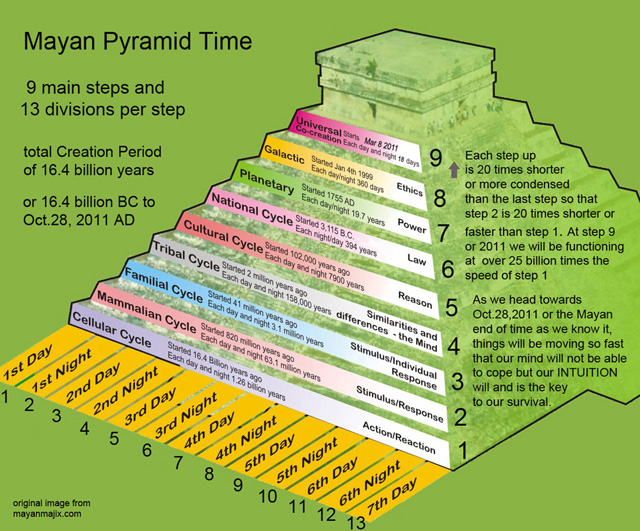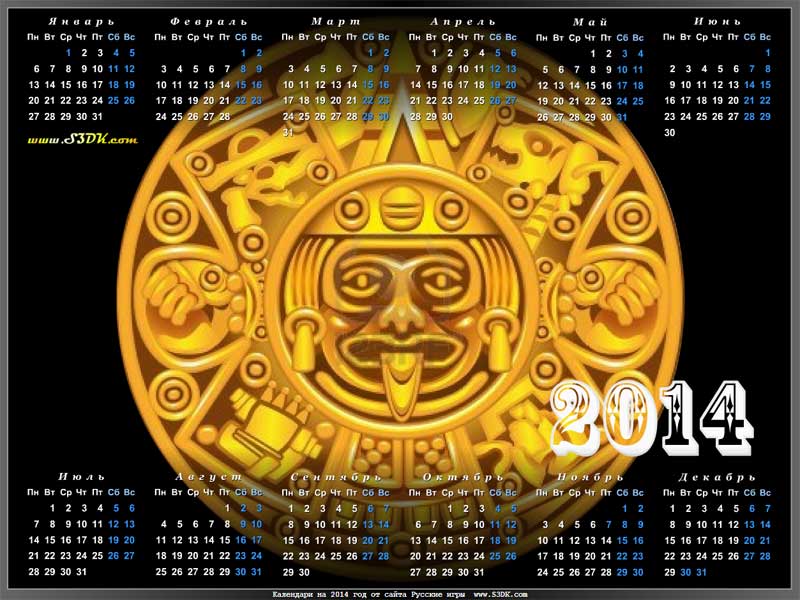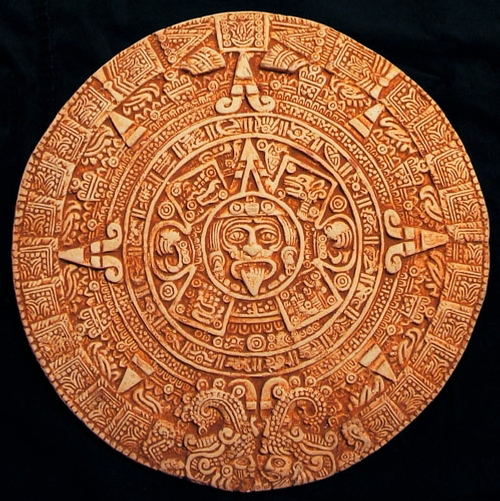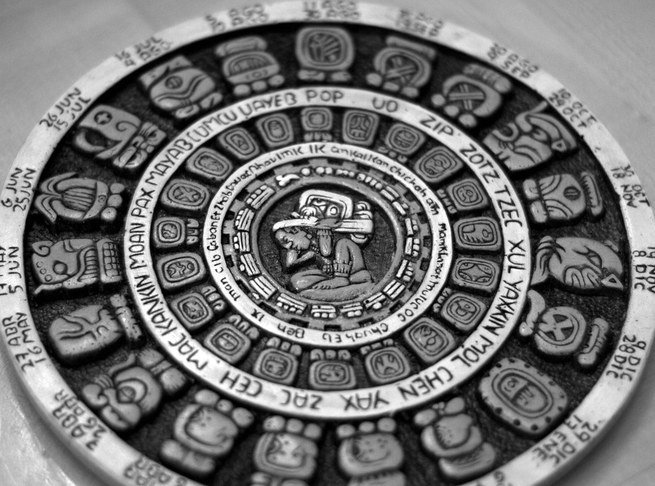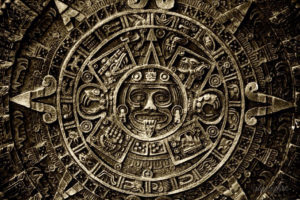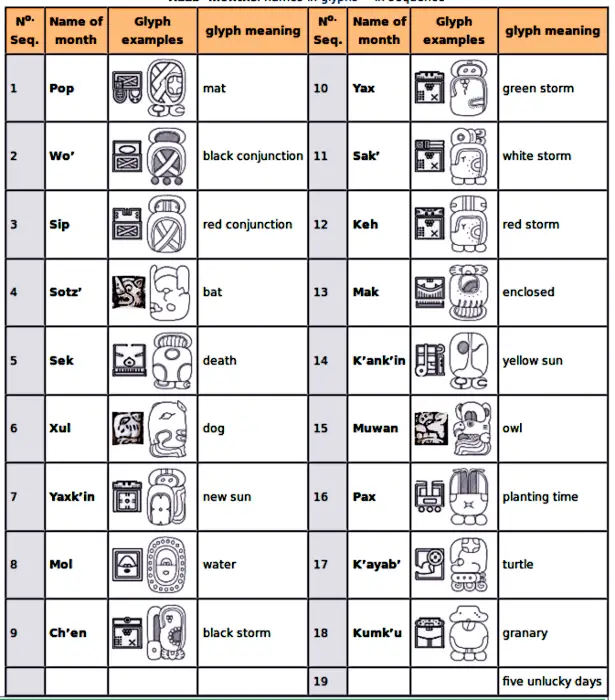Mayan Calendar Facts 2024. This fascinating and mysterious calendar has captured the imagination of people for centuries, and it continues to be a source of intrigue and speculation today. Paris will host the Summer Paralympics. These calendars are based on solar, lunar, planetary, and human cycles. The academic year, holidays, Celebrations and Academic year are also accessible. Additionally, the complete solar eclipse can be seen in the Central Pacific Ocean in northern Mexico. The Tzolkin The Tzolkin, meaning "the distribution of the days," is also called the Divine Calendar and the Sacred Round. The calendar that is widely known as the "Maya Calendar" is actually the Mayan Long Count Calendar. It is also possible to download the calendar to print it.

Mayan Calendar Facts 2024. The Maya calendar is complex and serves both practical and ceremoni-al purposes. The Maya calendar system includes several calendars that mea-sure time periods of varying lengths. Image: Medullaoblongata Projekt The so-called "Maya (or Mayan) Calendar" is actually only one of four calendars developed by the ancient Mayans. E. in Izapa, Mexico, using data calculated over hundreds of years. Multiple Fireball-Filled Meteor Showers Peaking Now Ahead Of Perseids. Mayan Calendar Facts 2024.
The Maya calendar system includes several calendars that mea-sure time periods of varying lengths.
The academic year, holidays, Celebrations and Academic year are also accessible.
Mayan Calendar Facts 2024. The calendar that is widely known as the "Maya Calendar" is actually the Mayan Long Count Calendar. Additionally, the complete solar eclipse can be seen in the Central Pacific Ocean in northern Mexico. There are three most commonly known cyclical calendars used by the Maya. There were three Mayan calendars known as the Haab, the Tzolkin, and the Long Count. The nameless days were considered extremely unlucky, causing the Maya to observe them with fasting and sacrifices to deities.
Mayan Calendar Facts 2024.
